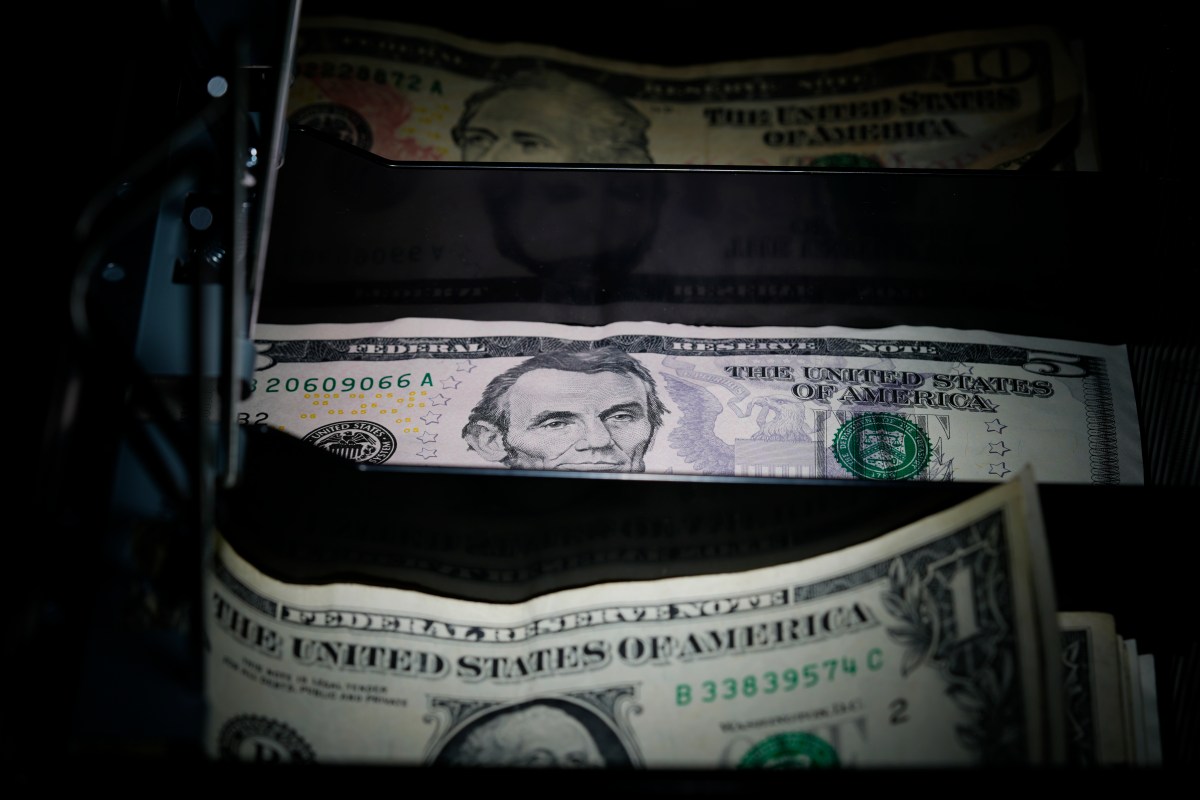The latest economic news may seem sobering, but it has the proverbial silver lining. The Bureau of Economic Analysis (BEA), part of the U.S. Department of Commerce, announced Thursday that real Gross Domestic Product (GDP) grew at a 1.6 percent annual rate from January to March, down sharply from the blistering 4.0 percent rate in the second half of last year. Here’s an economic primer on why the new numbers from BEA are actually good news for President Joe Biden, his reelection campaign, and everyone else.
Most importantly, the slowdown increases the odds that the Federal Reserve will cut interest rates by late summer or early autumn. That’s because the sluggish number signals to Federal Reserve Chair Jerome Powell and his colleagues that their anti-inflation policy is working. With the 12-month inflation rate of 3.3 percent for the first quarter of 2024—down from 5.8 percent in the first quarter of 2023 and 8.1 percent in the first quarter of 2022—the slowdown in growth will help quiet fears that price increases could accelerate.
At the same time, the new Bureau of Economic Analysis numbers also indicate that growth will likely rise again later this year. Consumer spending remains quite healthy, growing at a 2.5 percent rate in the first quarter. For most economists, that’s as expected: Over the past year, Americans’ personal disposable incomes have grown steadily, and the important University of Michigan indexes of consumer sentiment and consumer expectations have risen by more than 22 percent and 27 percent, respectively.
Business also was fairly bullish in the first quarter as their fixed investments grew at a 2.9 percent rate, led by 5.4 percent gains in business spending on research and development and intellectual property. Housing also turned up in the first quarter, with residential investments growing at a blazing 13.9 percent annual rate.
Two developments slowed GDP growth in the first quarter, but each of them is encouraging in its own way. First, business investments in inventories fell. Given the strength in consumer spending, however, the next quarter’s data will likely show that inventories have turned around and are growing.
A bigger drag on growth came from fast-rising imports, up at a 7.2 percent annual rate, while exports grew only 0.9 percent. Fast-rising imports technically dampen gains in our “domestic product” (the DP in GDP) because imported goods and services are products produced elsewhere. But this “negative” development isn’t as negative as it may seem. It mainly shows that the United States remains the strongest economy in the advanced world: When our imports grow faster than our exports, it generally tells us that American consumers and businesses have the means and confidence to spend at faster rates than consumers and businesses in our trading partners.
So, on balance, the data showing GDP slowing in the first quarter of 2024 is likely a harbinger of better days ahead later this year.



